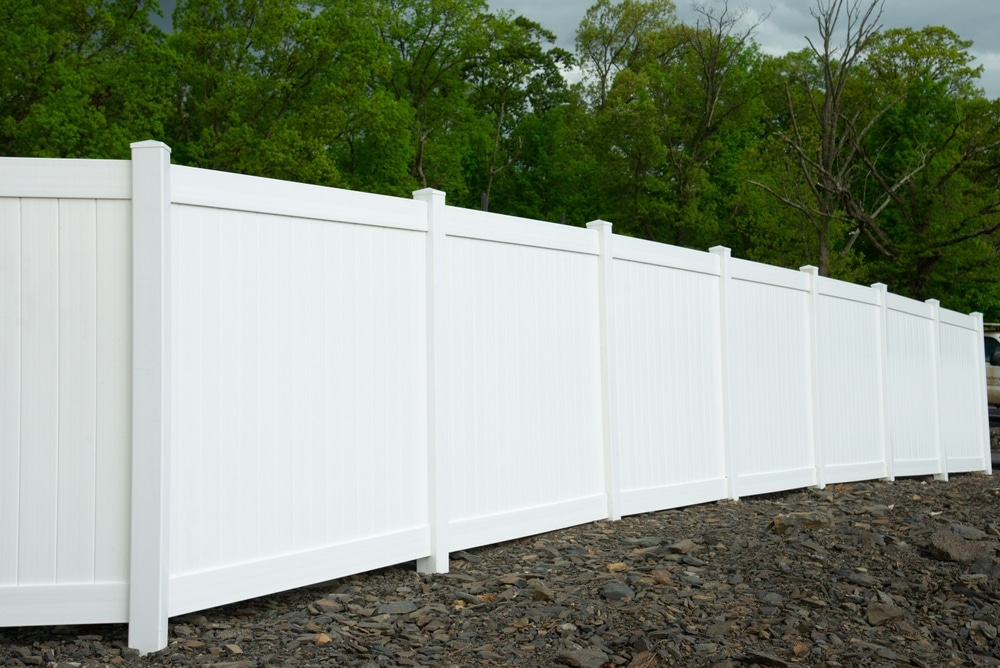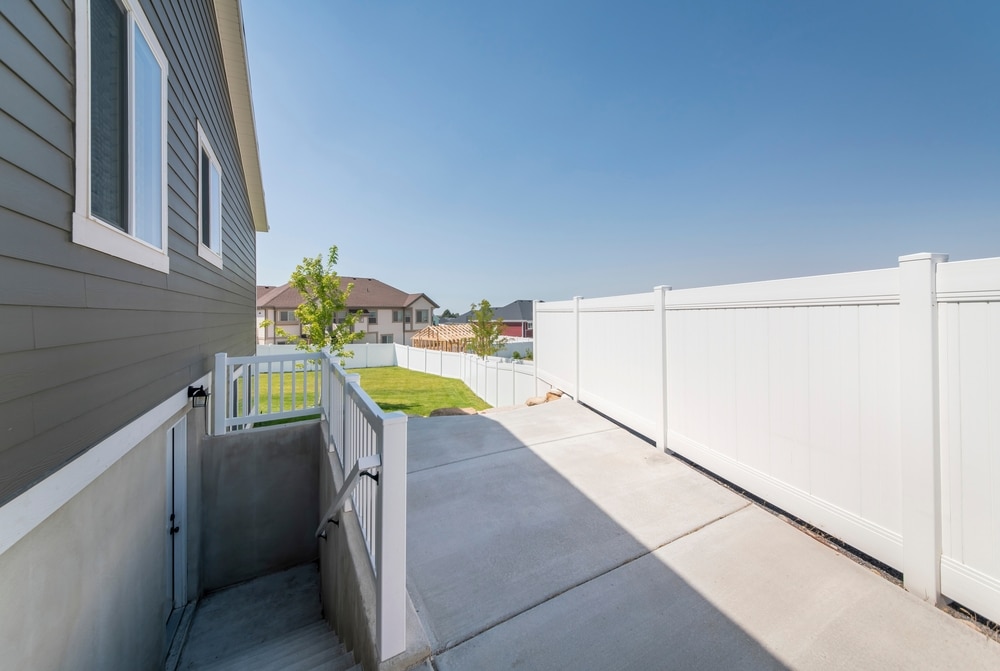Installing a vinyl fence is a great way to add privacy and security to your home. But if you have a gap under your fence, it can be an eyesore and a security risk. Pests such as rodents, chipmunks, and possums can crawl underneath fences. If the gaps are large enough, local children may even be able to get into your yard. Filling the gap under your vinyl fence is essential for both aesthetic and safety reasons. This article will discuss how to fill a gap under a vinyl fence. We’ll discuss which materials to use and provide a DIY step by step guide.
How to Fill Gap Under Vinyl Fence

You can fill the gap under your vinyl fence in several ways. You can use concrete, gravel, or soil to fill in holes and ensure that the surface is flat. You can also use a combination of these materials.
Concrete is the best material to use to fill the gap under your vinyl fence. It is strong and will not shift or move over time. Concrete is also easy to install and does not require any special tools or equipment.
Gravel is another good option as it’s easy to install and can be found at most home improvement stores.
In many situations, soil is the best option as it’s easy to find and is usually less expensive than concrete or gravel. However, soil can shift and move over time, so it is not the best option for a long-term solution.
If you are using soil to fill the gap under your vinyl fence, it is essential to compact the soil after filling in the gap. You can do this by using a hand tamper or a rented plate compactor.
Finishing off the fence
After you have filled the gap under your vinyl fence, you will need to finish the job by installing a cap or curb that fits between the bottom of the fence and the ground. This will stop pests from getting under your fence, help to protect your fence from weather damage, and will also give it a finished look.
You can fill the gap between the ground and fence with rocks, shims, or landscape fabric. Smaller gaps can also be filled in with putty or joint compound.
Rocks
Rocks are the best option for larger gaps as they will not degrade over time and will help to keep pests such as rodents out. If you have a large gap that runs the length of your fence, it may be best to put landscaping fabric down first before covering it with rocks and gravel. This will help stop weeds from growing between the rocks.
Shims
Shims are another excellent option as they are easy to install and can be found at most home improvement stores. Sims are thin pieces of wood that can be fitted between the fence and the ground. You will need to measure the gap underneath your fence and select shims that are the correct thickness.
Joint compound
Joint compound can also be used to fill small gaps or cracks in your fence. It is best to apply joint compound with a putty knife and smooth it out as much as possible. Once the joint compound dries, it can be sanded down to create a smooth surface.
Conclusion
As you can see, there are many materials that can be used to fill in gaps under your fence. Holes can be filled with either soil, gravel, or concrete, and cans covered with shims or rock. You can fill smaller gaps with a putty or filler.
No matter what material you use to fill the gap, be sure to select one that is durable and will not degrade over time. Also, ensure that the material you choose is pest-resistant so that you do not have to worry about critters getting into your yard.
